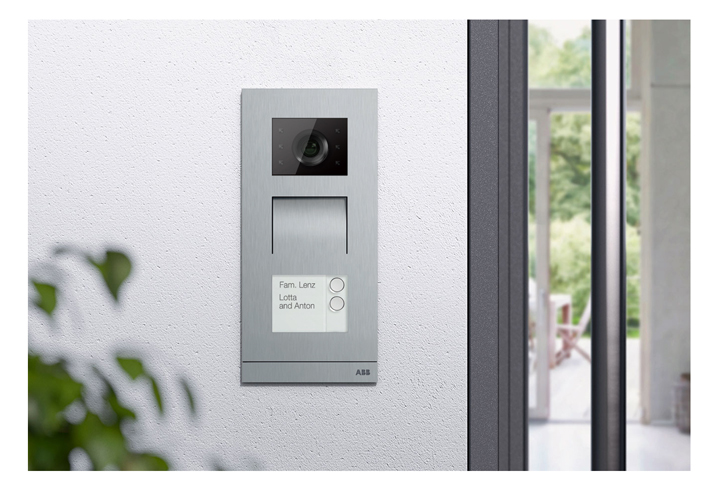In the rapidly evolving landscape of commercial security solutions, several key trends are shaping the future, driven by technological advancements and changing security needs. One prominent trend is the integration of artificial intelligence AI and machine learning ML into security systems. AI algorithms are increasingly capable of analyzing vast amounts of data in real-time, allowing for more accurate threat detection and proactive response mechanisms. ML, on the other hand, enables systems to learn and adapt based on patterns and anomalies, enhancing overall security effectiveness. Another significant trend is the shift towards cloud-based security solutions. Cloud computing offers scalability, flexibility, and accessibility advantages over traditional on-premises systems. It allows businesses to centralize security management, deploy updates more efficiently, and integrate with other business applications seamlessly. This trend is particularly beneficial for organizations with multiple locations or those seeking to streamline their security operations.

The rise of Internet of Things IoT devices is also transforming commercial security. IoT sensors and devices can monitor and control physical environments more comprehensively than ever before. These devices enable interconnected security systems, where data from various sources such as video cameras, access control points, and environmental sensors can be analyzed together to provide a holistic view of security threats and operational insights. Biometric technology continues to advance, offering enhanced authentication and access control capabilities. Facial recognition, fingerprint scanning, and voice recognition technologies are becoming more reliable and affordable, leading to widespread adoption in commercial security systems. These technologies not only improve security but also simplify access management for businesses, reducing the reliance on traditional methods like keys or cards. Cybersecurity remains a critical concern, particularly as more systems become interconnected and data-driven. With the proliferation of connected devices and cloud services, businesses are increasingly vulnerable to cyber threats. Future commercial security solutions must prioritize robust cybersecurity measures, including encryption, network segmentation, and regular vulnerability assessments, to safeguard sensitive data and prevent unauthorized access.
The demand for integrated platforms and interoperability is driving another significant trend in commercial security solutions and check this site https://paceprotections.com. Businesses seek cohesive systems that can consolidate multiple security functions into a unified interface, enhancing efficiency and user experience. Integrated platforms enable seamless communication between different security components, such as surveillance cameras, access control systems, and alarms, ensuring swift responses to security incidents. Environmental sustainability is also influencing the development of commercial security solutions. Businesses are looking for energy-efficient technologies and eco-friendly practices to minimize their environmental impact. Manufacturers are responding by developing energy-efficient security devices and systems that consume less power without compromising performance, thereby aligning with corporate sustainability goals. Lastly, there is a growing emphasis on user-centric design and ease of use in commercial security solutions. Intuitive interfaces, mobile access capabilities, and customizable features are becoming standard expectations among businesses. User-friendly security systems not only improve operational efficiency but also empower employees to manage security effectively, contributing to a safer and more productive work environment.

